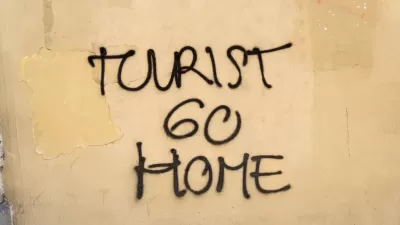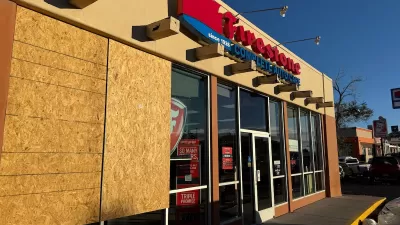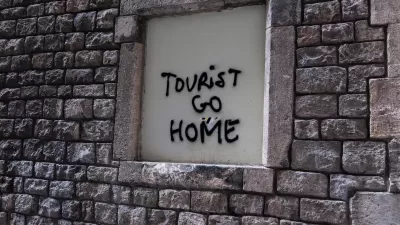Lauren Gravitz explores the importance of demonstrating the economic viability of cultural tourism to safeguarding historic sites in Peru and Bolivia.
Communities like Peru's San José de Moro are becoming energized about preserving their cultural heritage sites, but not for the reasons you may think. The non-profit Sustainable Preservation Initiative is working with local communities, such as those leaving near the cemetery and ceremonial center of the ancient Moche in San José de Moro, by giving small grants and guidance in recognizing the value of preserving sites for cultural tourism.
"The $48,000 grant paid for 20 people from San José de Moro to build a visitor's center and artisan's workshop, and to train a dozen more to work long-term as artisans at the site," reports Gravitz. And since its opening to tourists over a year ago, the popularity of the site and its artisanal products have exceeded expectations.
Larry Coben, SPI's founder and CEO says, "all the paradigms of preservation made no sense to me, the idea of teaching people how important their heritage is and they'll take care of it. If there's no economic incentive, why shouldn't they instead use the land for looting or growing crops or taking stones to build houses?"
The SBI economic model for historic preservation has found success at several sites in the developing world, reports Gravitz. "It changed attitudes in the community dramatically. Suddenly, preserving the land was economically viable, and they had a return on investment. That was the genesis for me," states Coben. Coben is expanding his work to a historic site in Jordan.
FULL STORY: Preserving Archaeological Sites By Making Them Profitable

Alabama: Trump Terminates Settlements for Black Communities Harmed By Raw Sewage
Trump deemed the landmark civil rights agreement “illegal DEI and environmental justice policy.”

Study: Maui’s Plan to Convert Vacation Rentals to Long-Term Housing Could Cause Nearly $1 Billion Economic Loss
The plan would reduce visitor accommodation by 25% resulting in 1,900 jobs lost.

Planetizen Federal Action Tracker
A weekly monitor of how Trump’s orders and actions are impacting planners and planning in America.

Wind Energy on the Rise Despite Federal Policy Reversal
The Trump administration is revoking federal support for renewable energy, but demand for new projects continues unabated.

Passengers Flock to Caltrain After Electrification
The new electric trains are running faster and more reliably, leading to strong ridership growth on the Bay Area rail system.

Texas Churches Rally Behind ‘Yes in God’s Back Yard’ Legislation
Religious leaders want the state to reduce zoning regulations to streamline leasing church-owned land to housing developers.
Urban Design for Planners 1: Software Tools
This six-course series explores essential urban design concepts using open source software and equips planners with the tools they need to participate fully in the urban design process.
Planning for Universal Design
Learn the tools for implementing Universal Design in planning regulations.
Caltrans
Smith Gee Studio
Institute for Housing and Urban Development Studies (IHS)
City of Grandview
Harvard GSD Executive Education
Toledo-Lucas County Plan Commissions
Salt Lake City
NYU Wagner Graduate School of Public Service





























